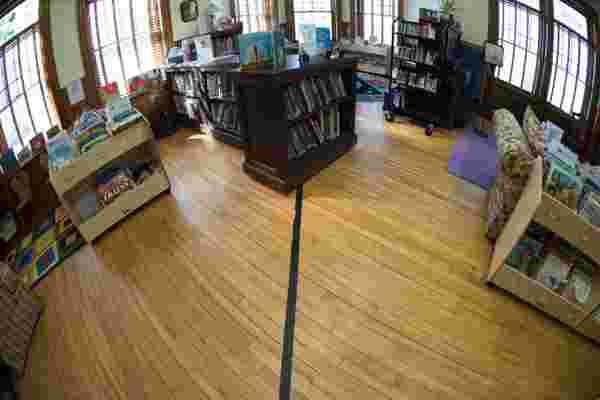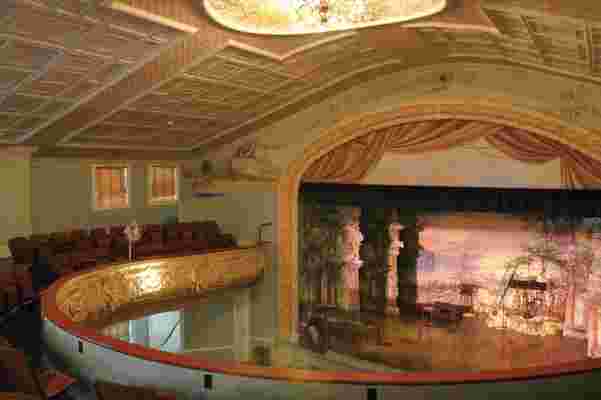What a Cultural Center on the US–Canada Border Can Teach Us About Building Walls
As President Trump asks architects to start turning his campaign rally chant—“Build the Wall”—into something that might actually materialize along the U.S.-Mexico border, it seems a good time to consider other more uplifting ways for architecture to engage national borders. Designers with critical inclinations have started casting around theoretical propositions for border walls, as architect Ronald Rael has done in his new book, __ Borderwall as Architecture .
But a modest cultural center in the north has already been staking a position on this front, in its ever-so-quiet way, for more than a century. Haskell Free Library & Opera House happens to straddle the U.S.–Canada border, with Vermont on one side and Quebec on the other. Without need of passport—or any identification beyond a library card—its patrons, who hail from both Canada and the U.S., are free to come and go. As library director Nancy Rumery explained to AD , “the library has one entrance, and it happens to be on the American side of the border. Our Canadian patrons are free to enter and use the library, as long as they return to the Canadian side when they’re done.”

Black tape marks the US/Canada border inside the Haskell Free Library and Opera House.
The library, which has about 5,000 registered borrowers, regards itself as a community organization, and not—decidedly so—as a political statement. As its website indicates, “library staff and board members will not comment on matters related to politics, border security, and other topics of this nature.” Instead, it carries on in its service to rural communities. “Our patrons tend to be very young or very old,” said Rumery. Organized as an American non-profit (with an employer registration in Quebec), the library counts on volunteers for day-to-day operations and on its endowment for its operating costs. The second-floor theater adds a stream of revenue to help offset those costs.
The two towns the library serves—Derby Line, Vermont, and Stanstead, Quebec—are essentially one continuous stretch. As Rumery put it, “if you flew overhead, you would not be able to tell where this imaginary line falls on the landscape.”

The second-floor of the building features a theater, which helps add revenue to the cultural center.
The fact that Haskell sits on an international border is an outcome of early handshake diplomacy between the U.S. and the United Kingdom. Until 1908, when the two sovereignties formalized just where the border lay, and, in that process, prohibited any further development on it, landowners were free to build on and immediately next to the border. Such was the case for Haskell, which was built in 1901.